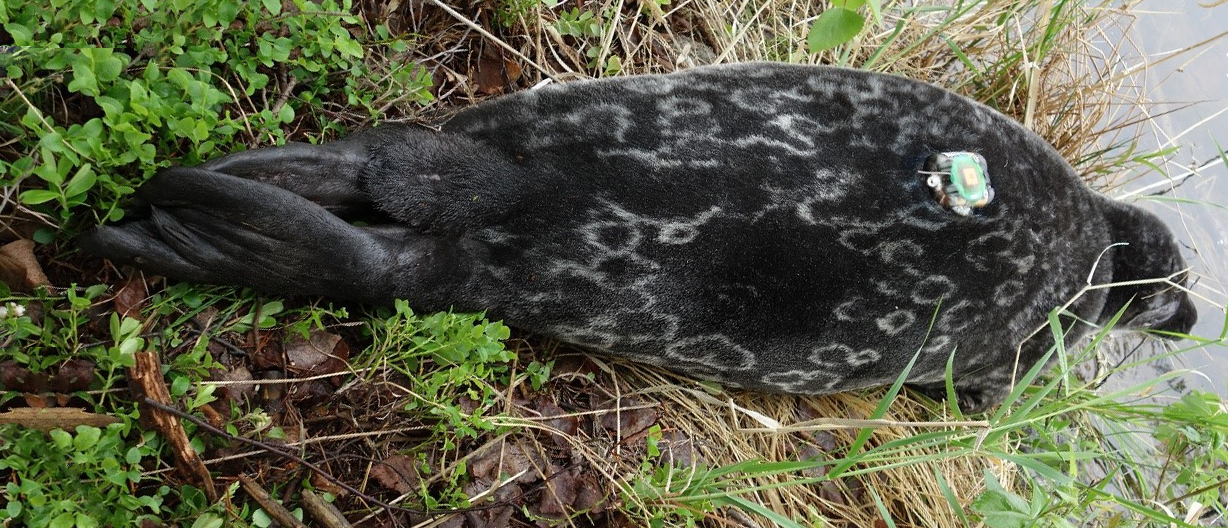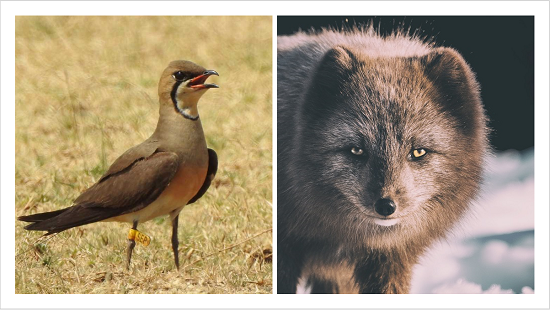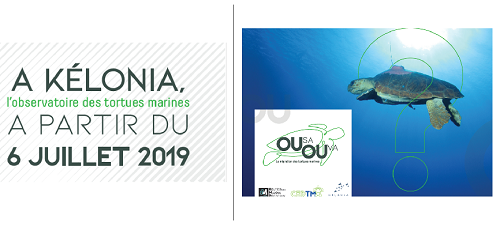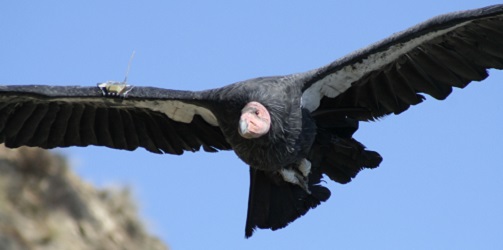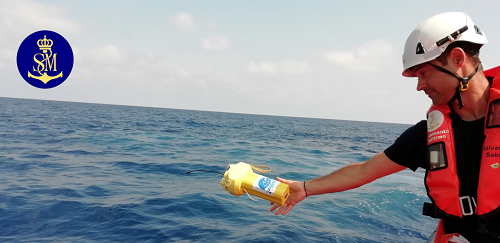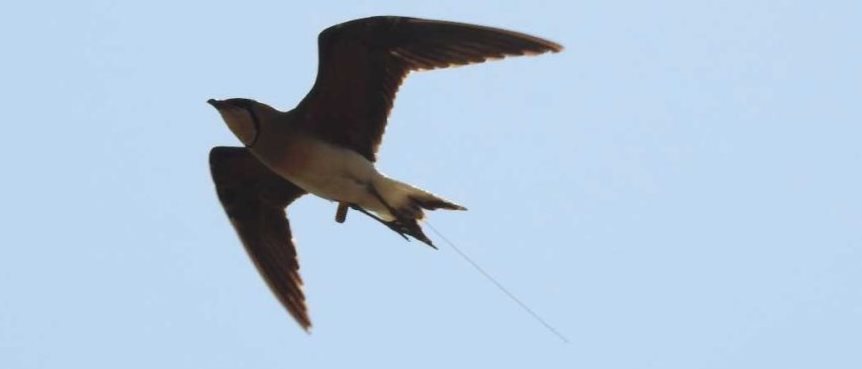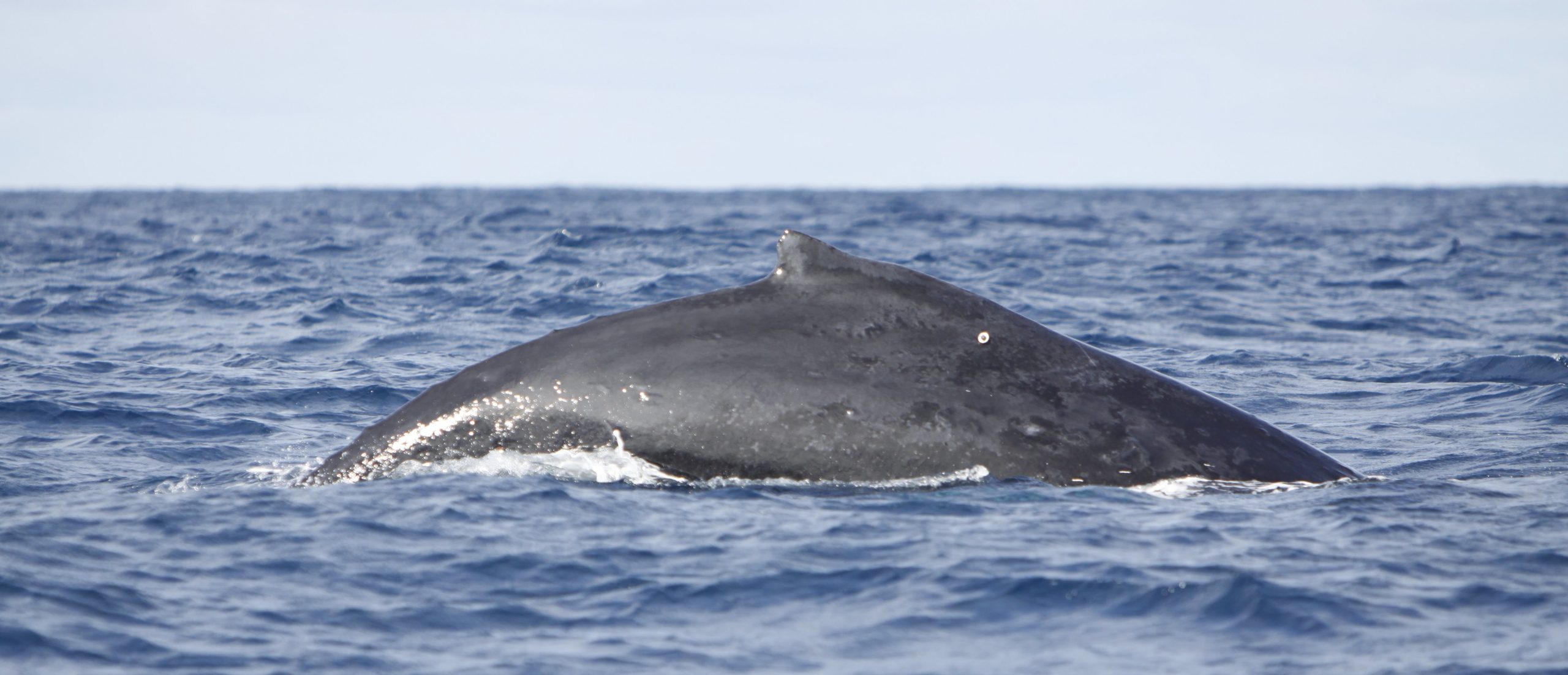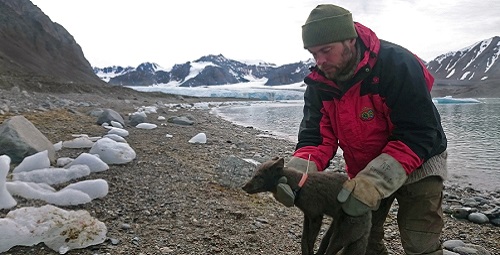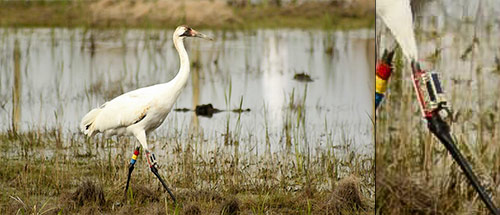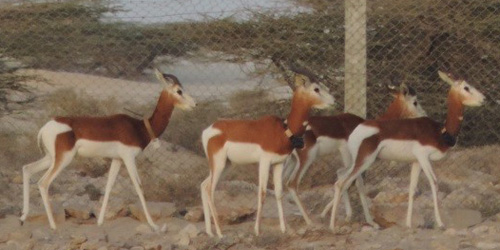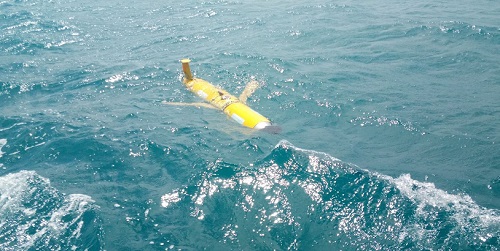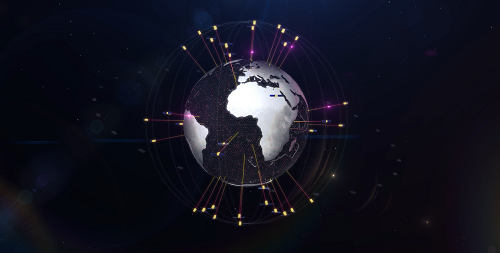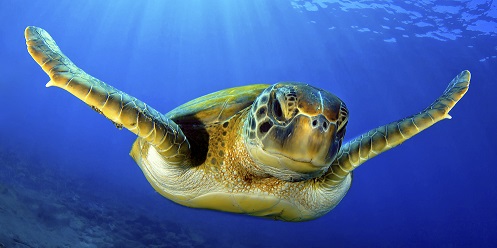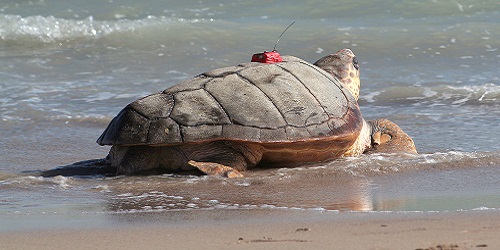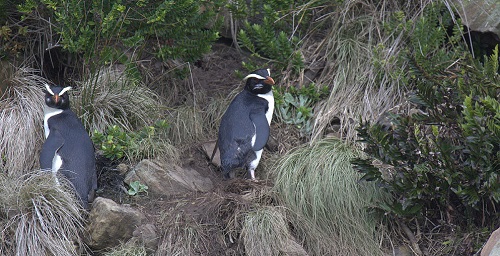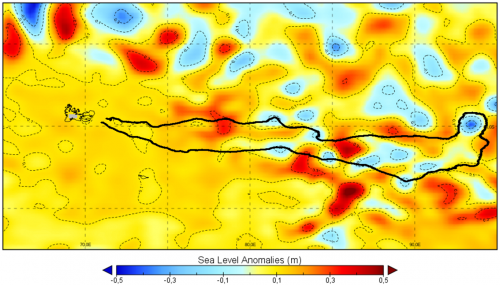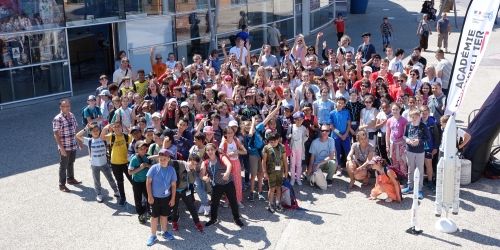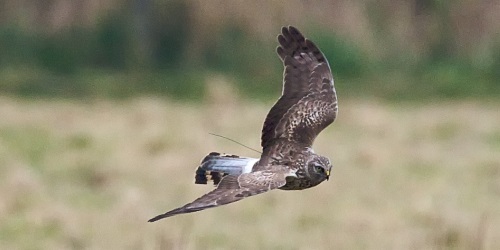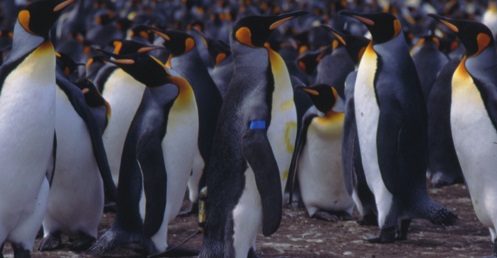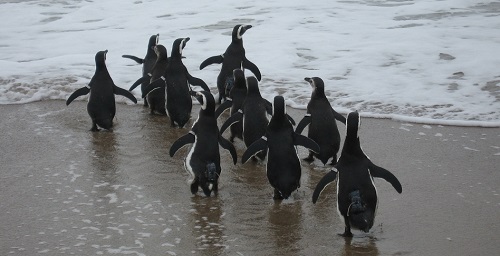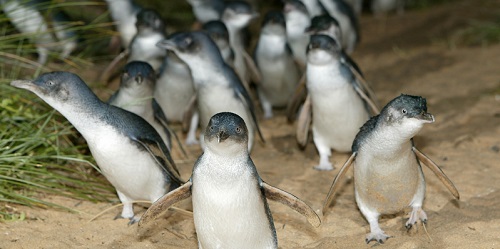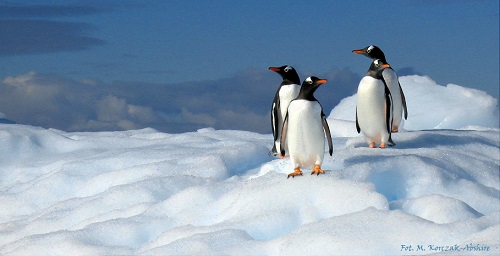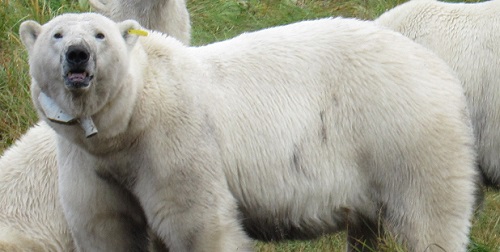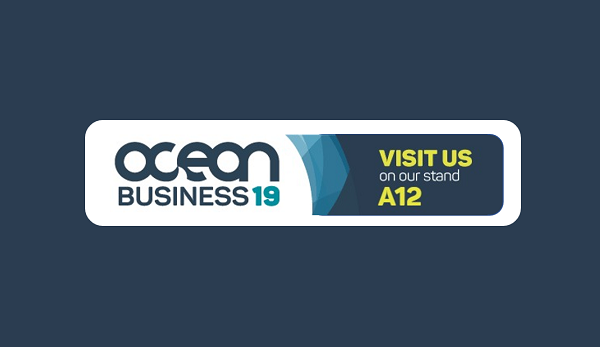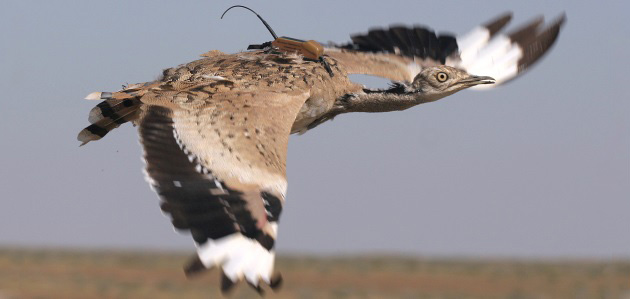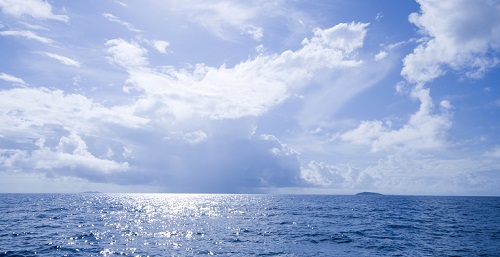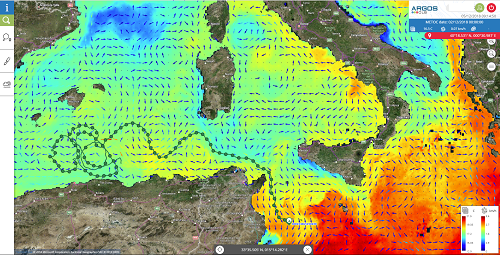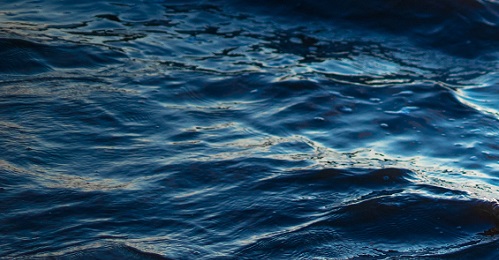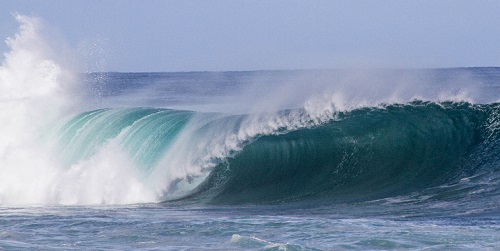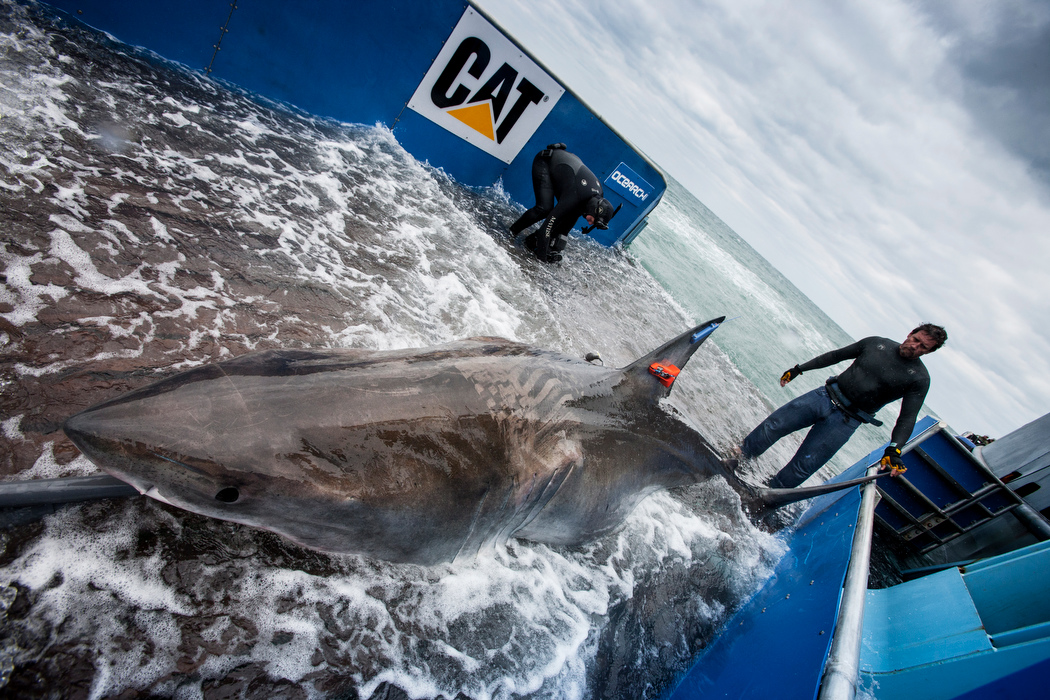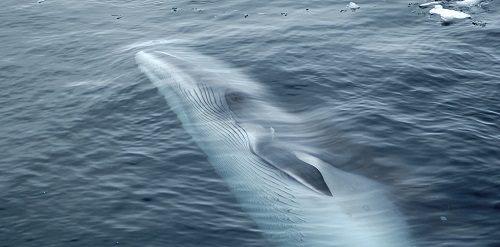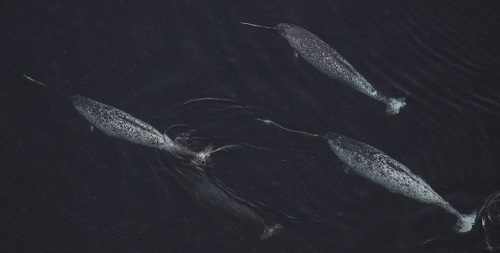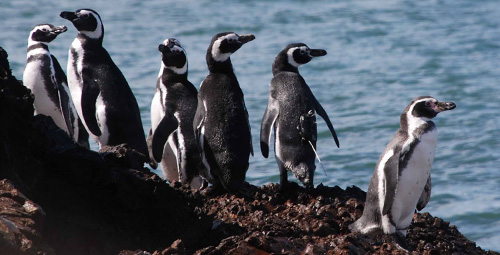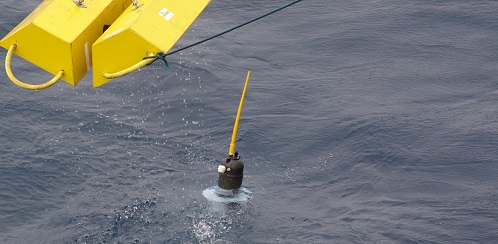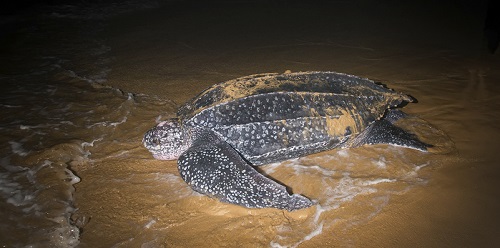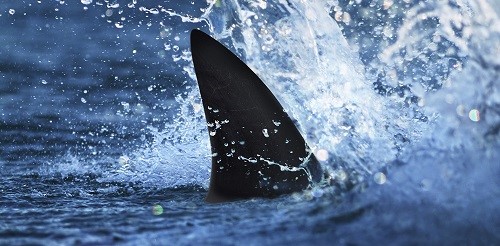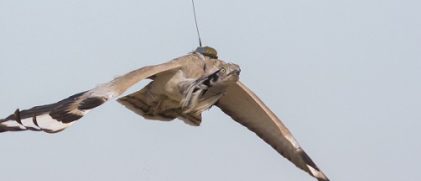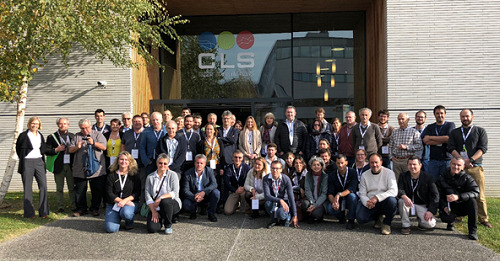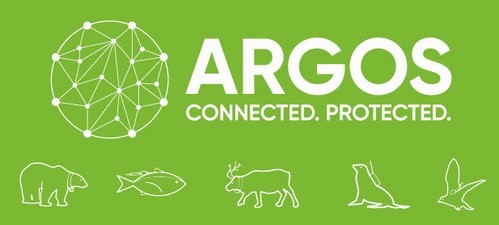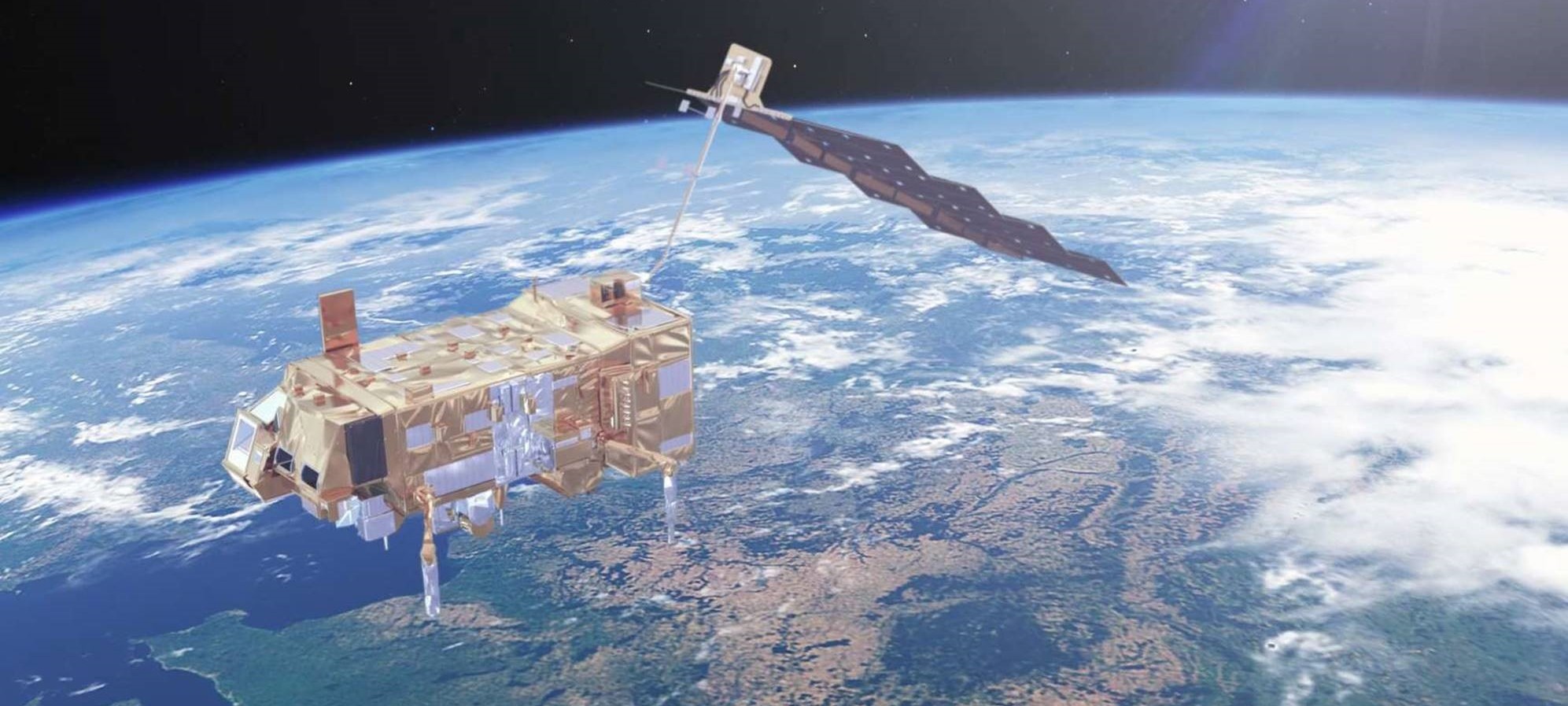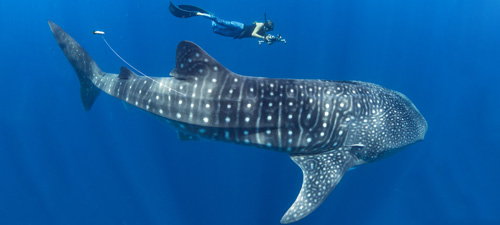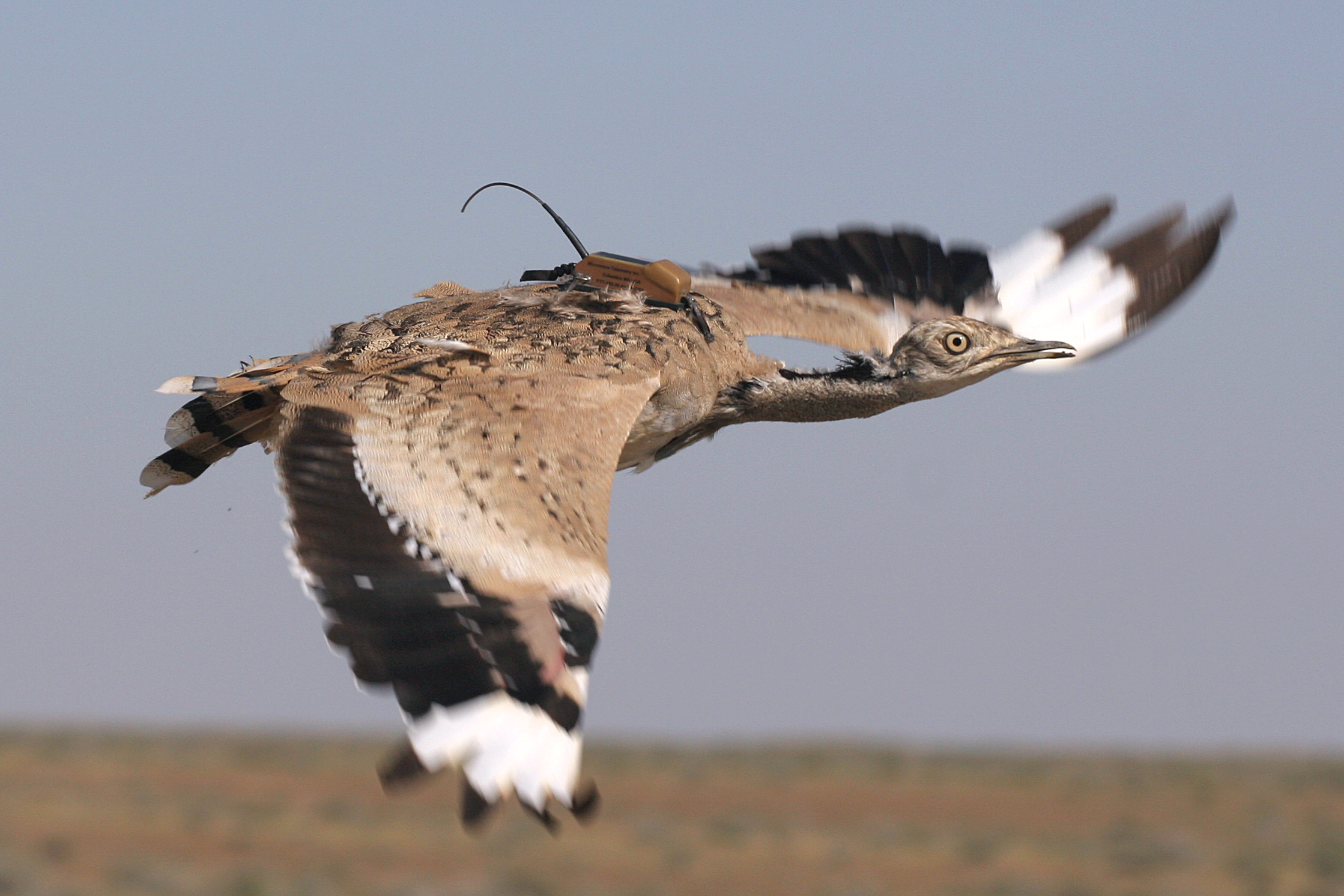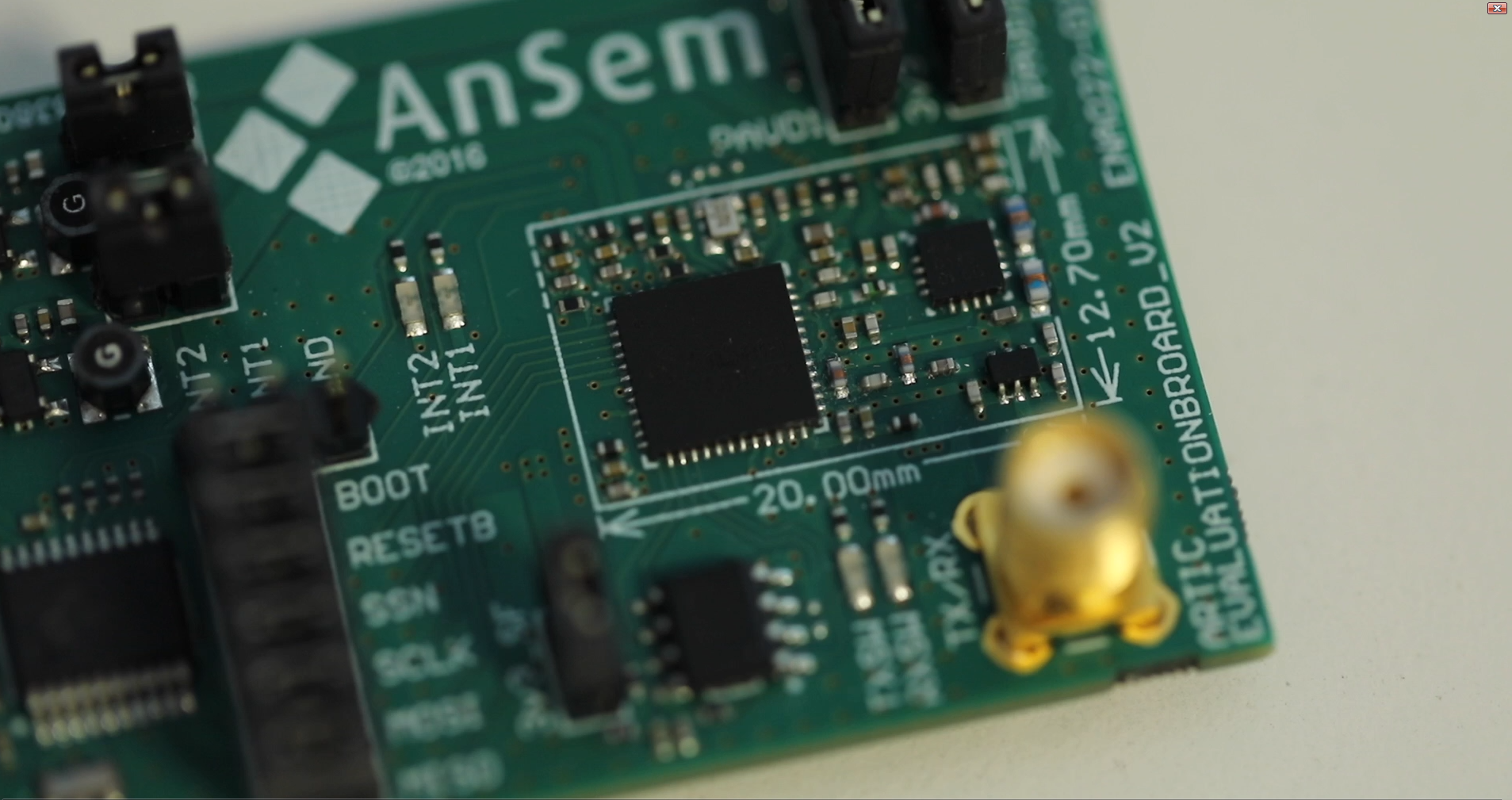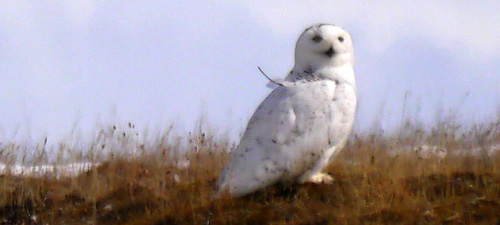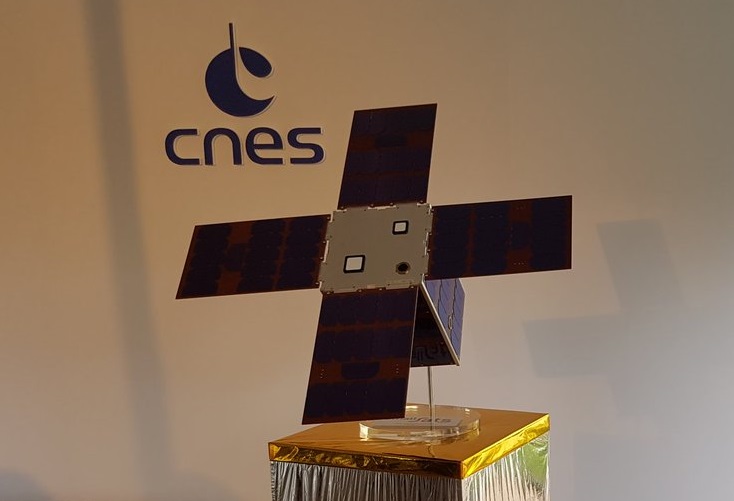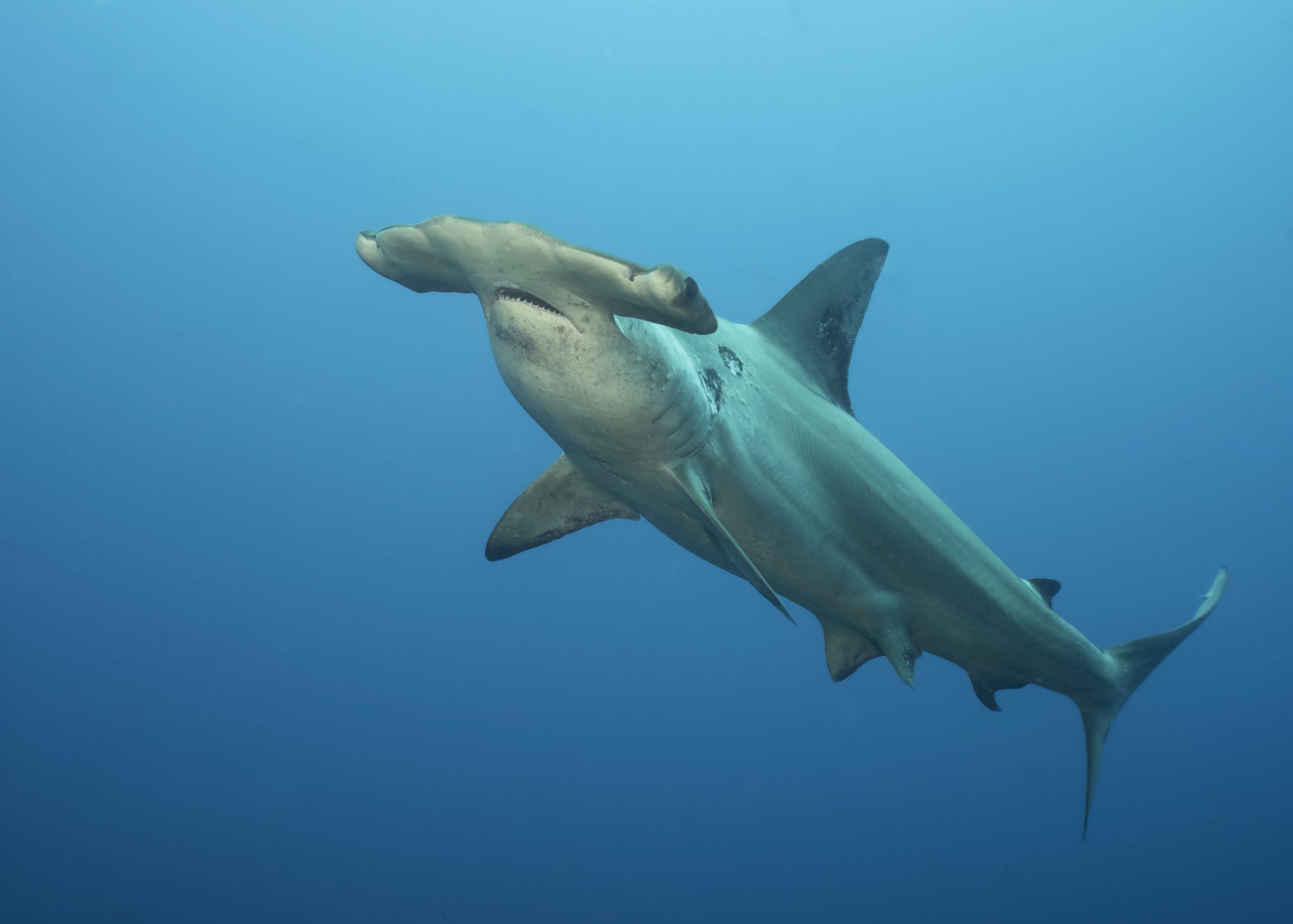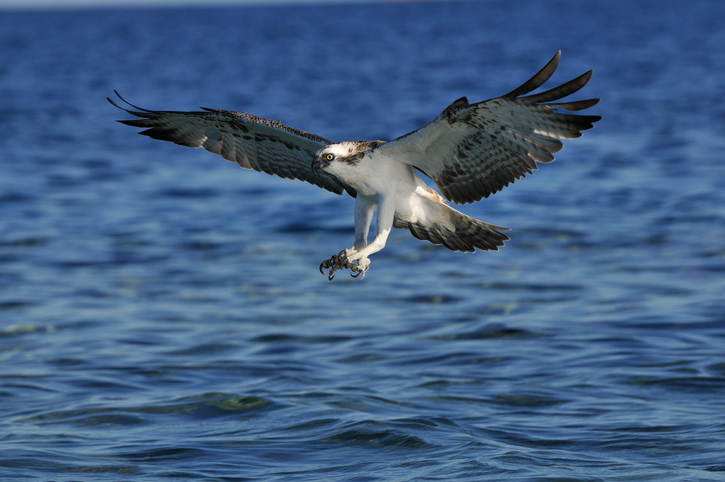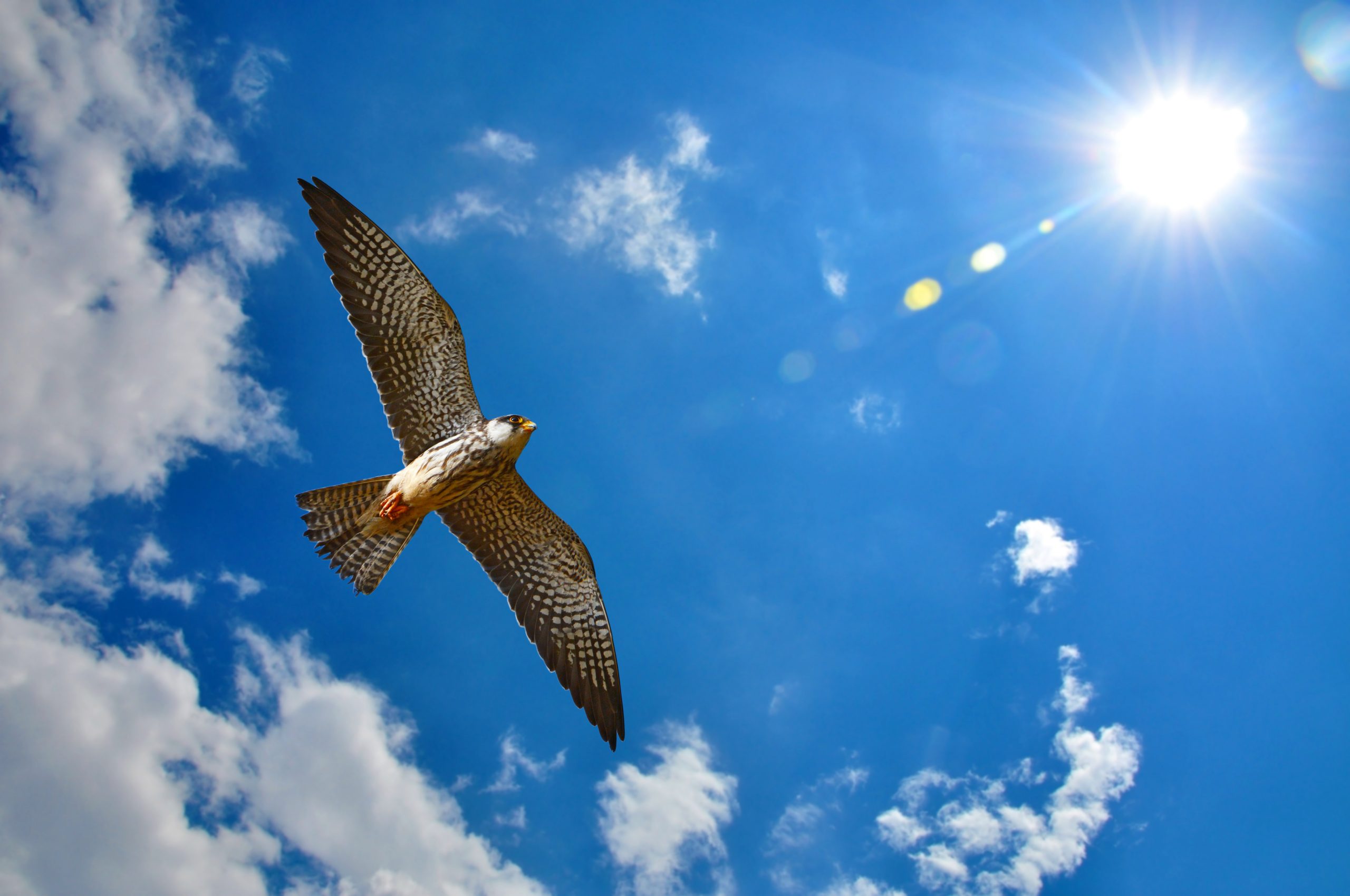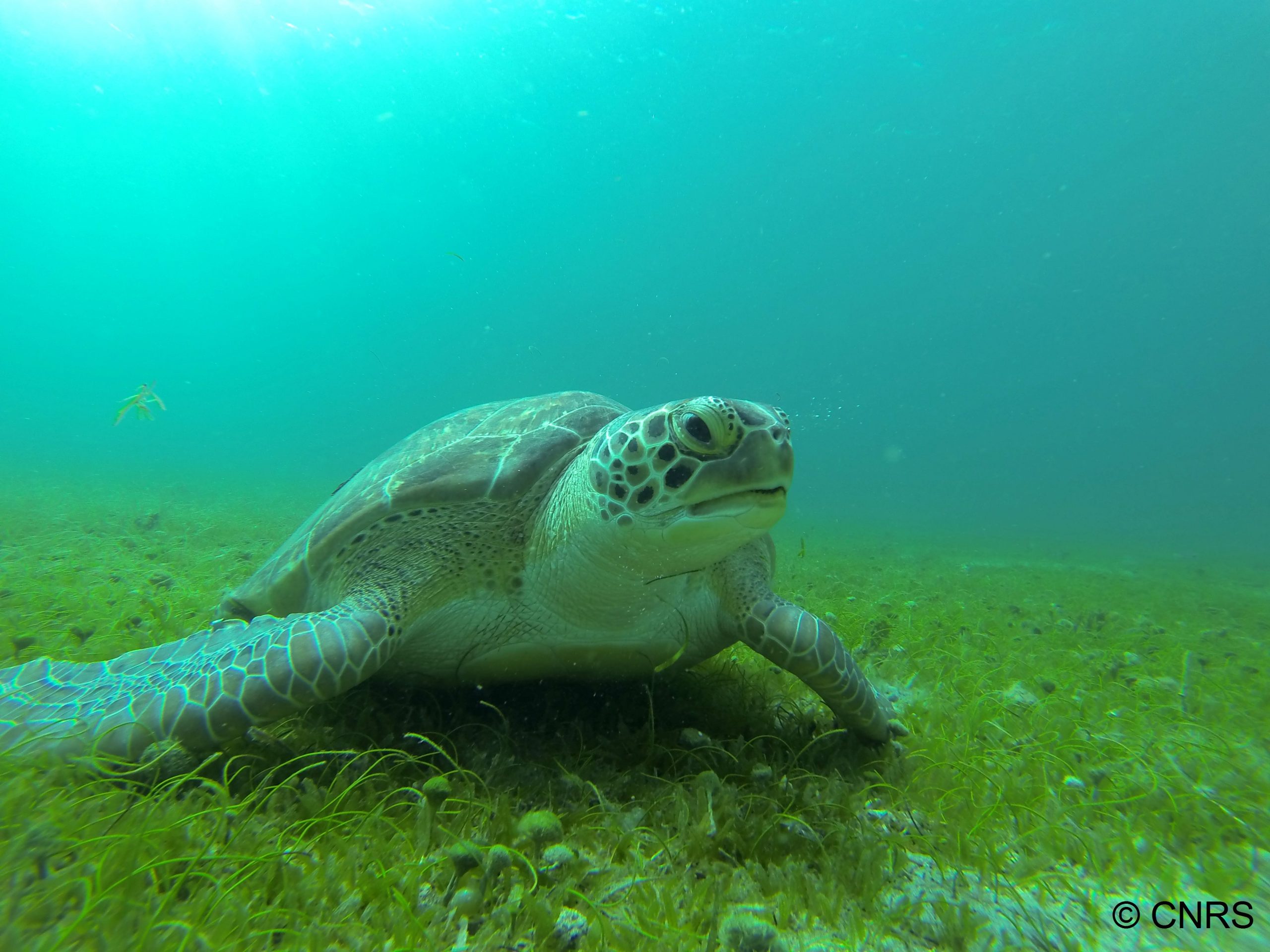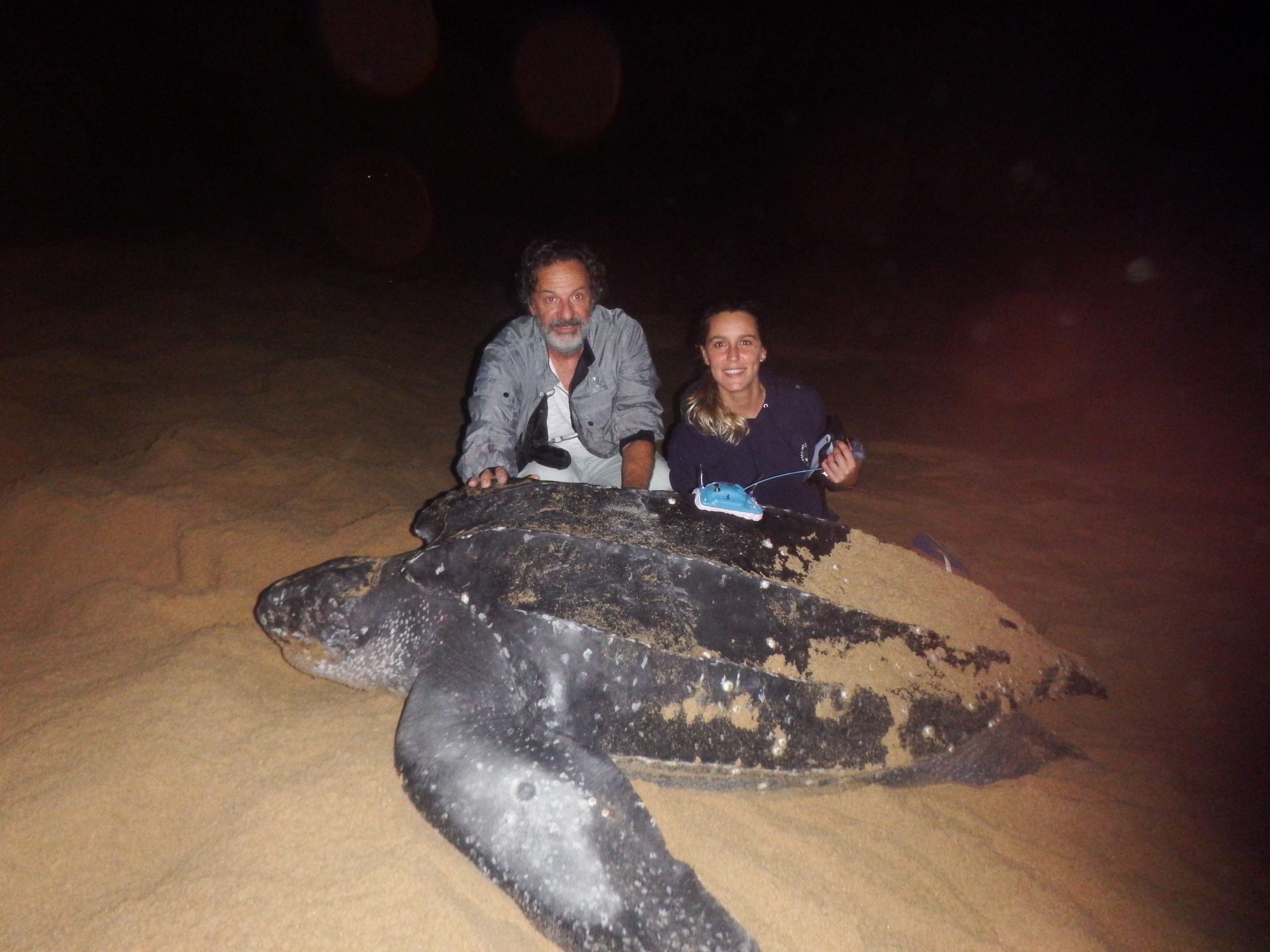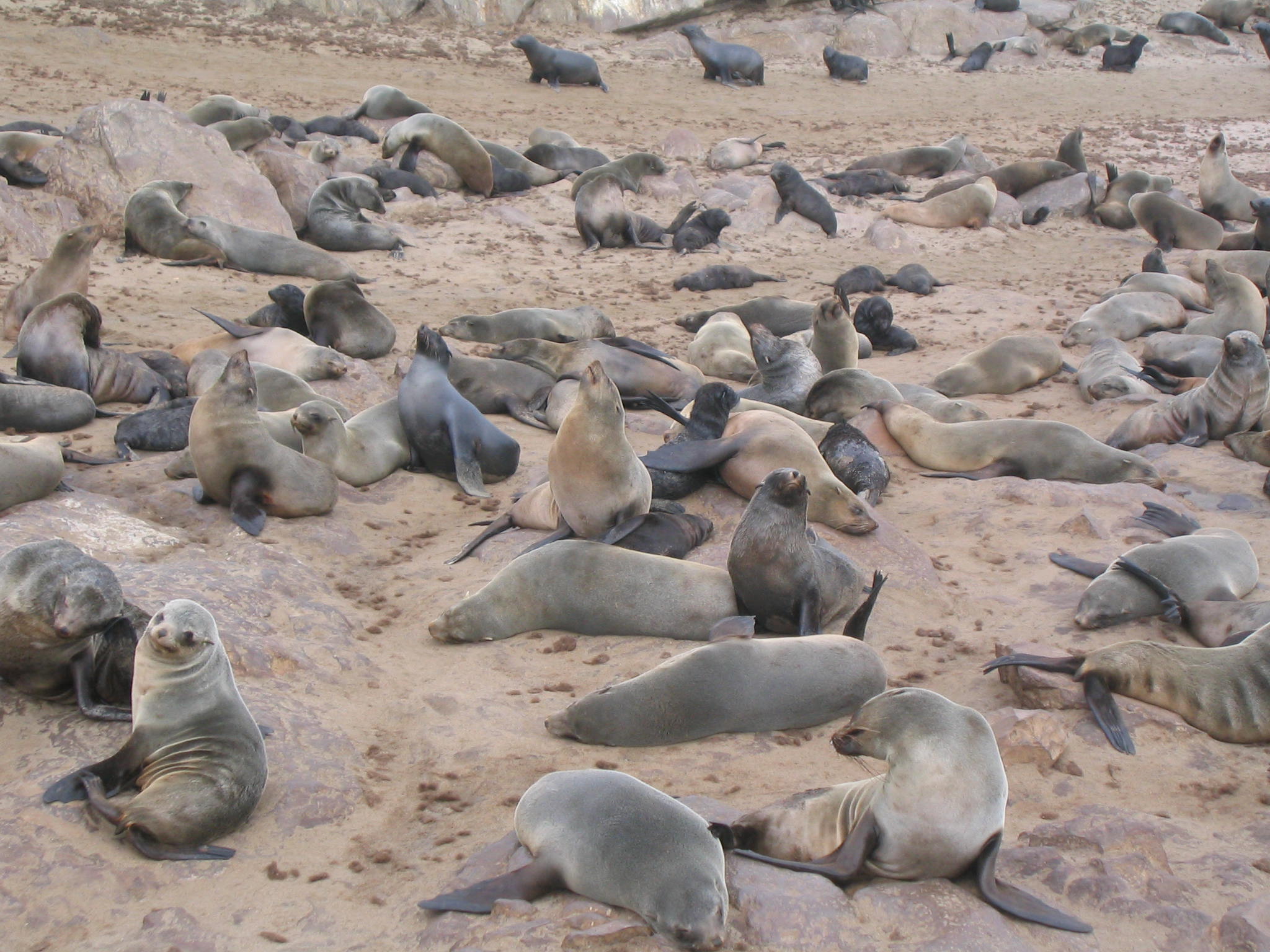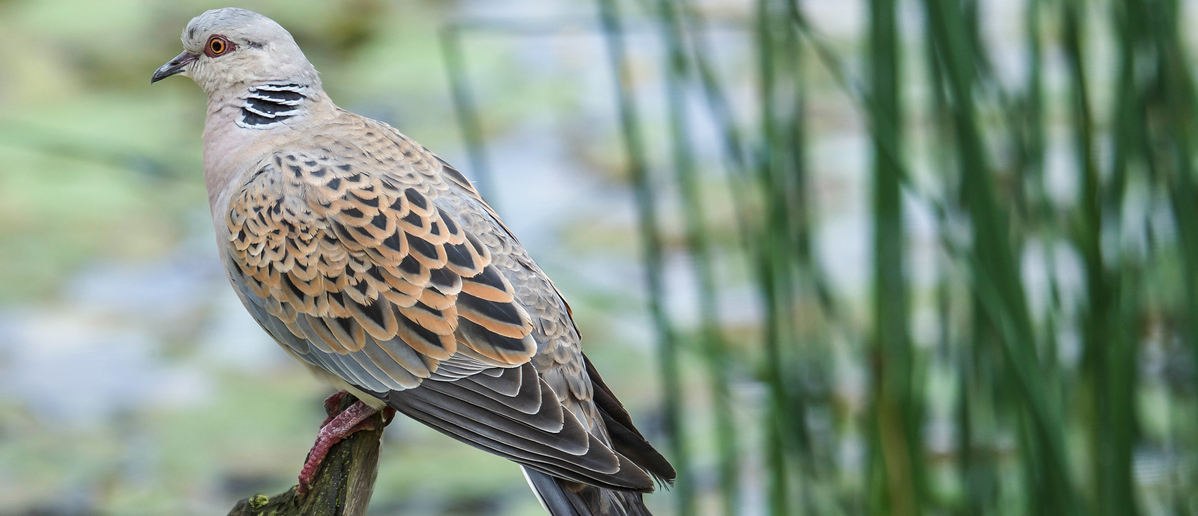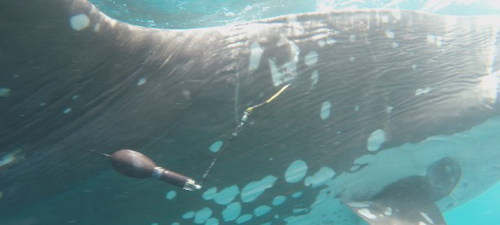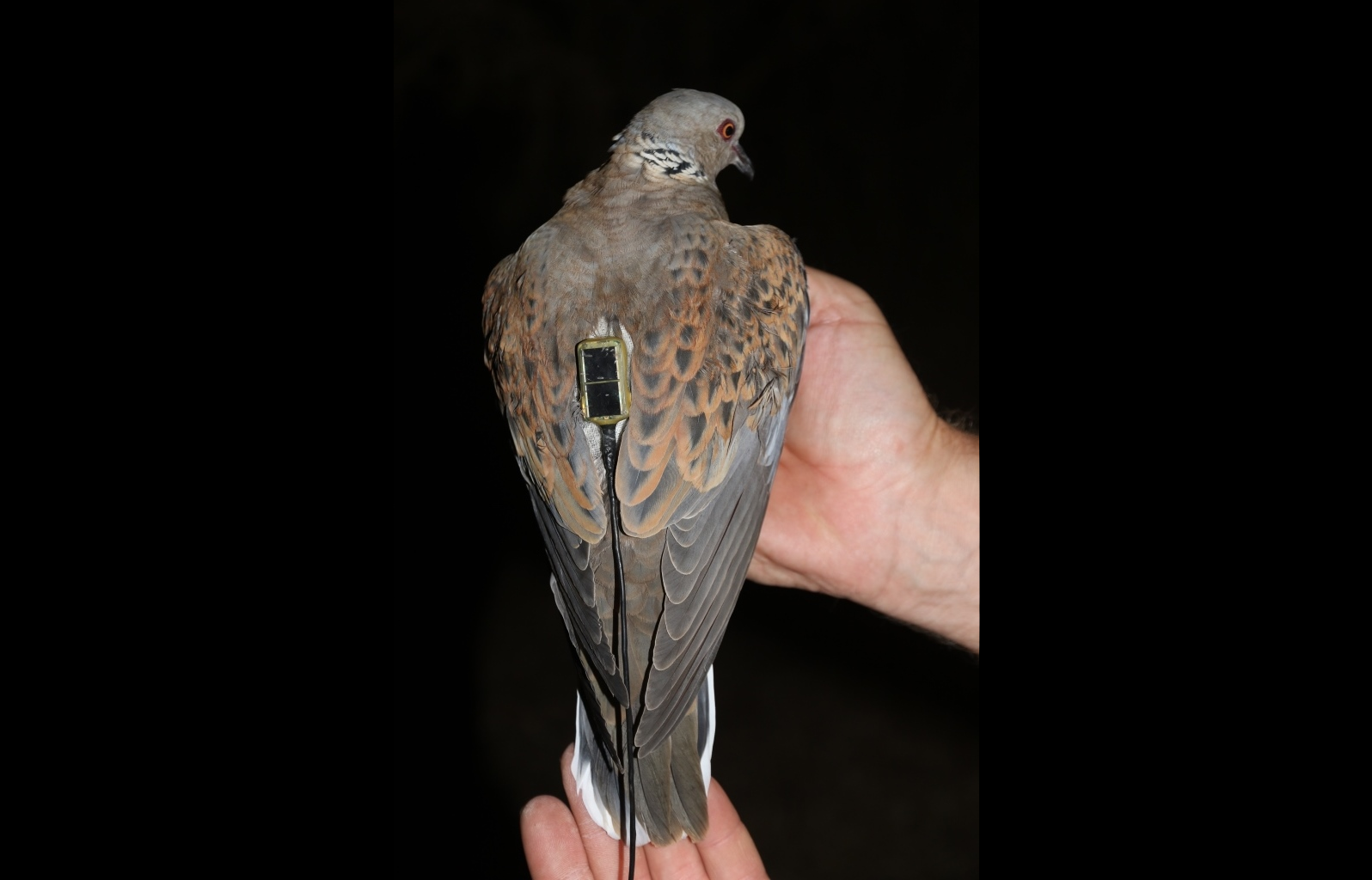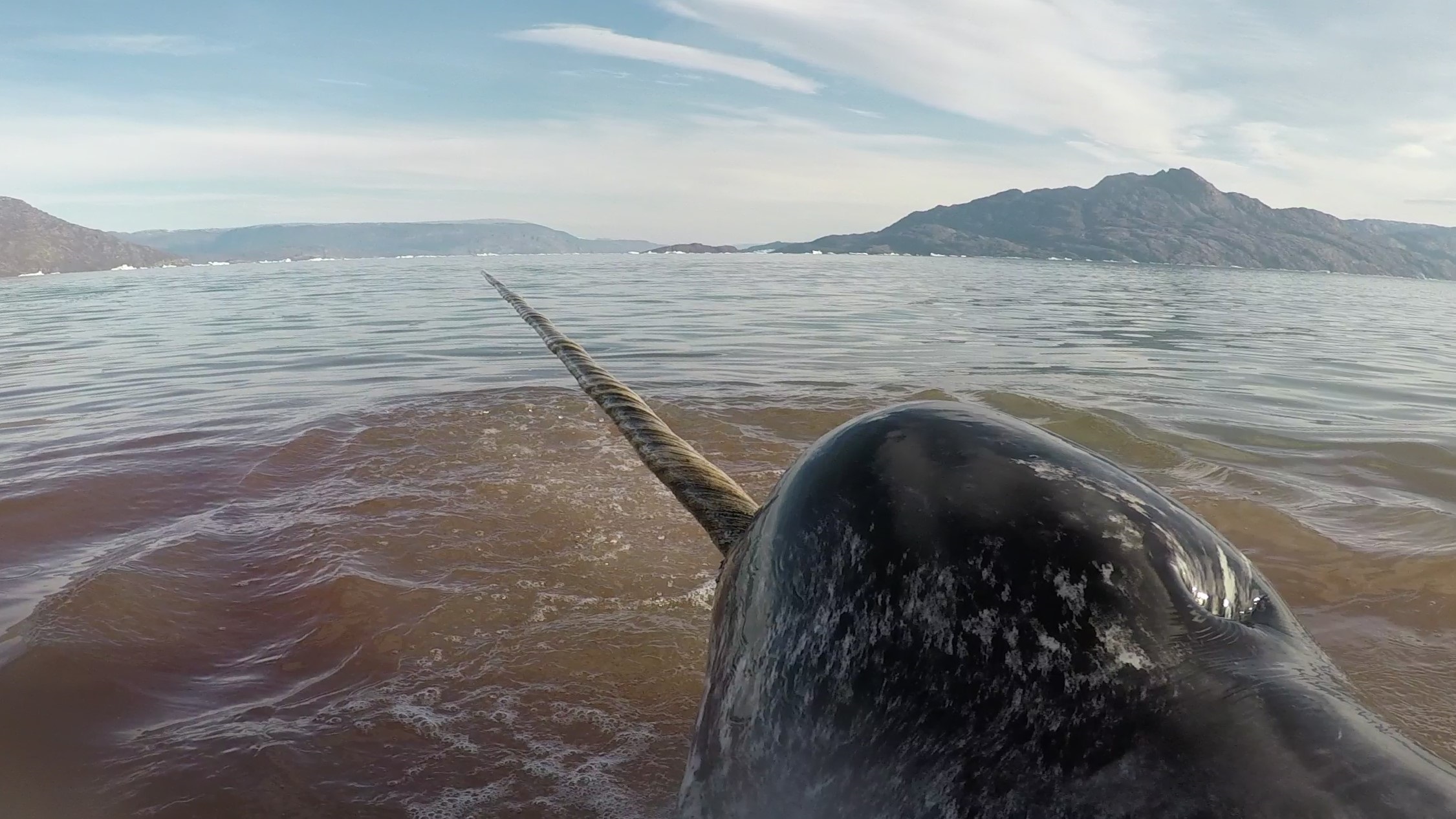Argos News - Page 4
Search filters
Lake Saimaa Ringed Seals
Ringed seals are living during winters in ice covered environment, both sea and lakes. One of the subspecies is living around Lake Saimaa in Southeastern Finland, where human activities are...
Record-Breaking Distances Revealed by Argos
New Argos tracking study by the Norwegian Polar Institute and the Norwegian Institute for Nature Research (NINA) reveals unimagined distances traveled by a female Arctic fox, from Svalbard to a...
Kelonia: Honoring Sea Turtles
For 15 years, Kelonia, the CEDTM and its partners (Ifremer, CNRS, Universities, TAAF, the French Biodiversity Agency-AFB,...) have equipped nearly 300 sea turtles with Argos tags to study their...
Argos Key Tool for Monitoring the Reintroduction of California Condors
Carrion birds in general, and especially the largest of them are often threatened species, even though they are providing huge ecological services. The California condors among them nearly...
An Argos Ocean Buoy Visits the Spanish Coast
An Argos ocean buoy deployed off the coast of Banyuls, France, in May 2019, has been visiting the Spanish coastline – along with approximately 30 million tourists this summer. The buoy, deployed...
Oriental Pratincoles: Long-Distance Migrant Birds
Oriental Pratincoles, Australia’s most numerous shorebird, spend up to 3 months in Australia, migrating to various parts of Asia to breed. To date, traditional marking using bands and flags has...
Argos Helps in Tracking Where Humpback Whales Feed
Humpback whales are long-range migrators, on the recovery after heavy whaling during more than 150 years. Understanding where they feed in the polar oceans, and why they might choose an area rather...
From Svalbard to Canada, the Long Travel of an Arctic Fox Tracked by Argos
Arctic foxes are living in all the regions around the Arctic ocean. Argos satellite telemetry tracking demonstrates that some of those foxes are changing continent using the sea ice as bridge,...
Argos Helps Track Large Scale Movements of Whooping Cranes Reintroduced into Southwestern Louisiana
Whooping cranes were nearly extinct in North Americas in the 1950s. Preservation actions initiated since then have enabled the protection of the species. Reintroduction programs, helped by Argos...
Reintroducing Mhorr Gazelles into the Wild
The Mhorr gazelle is an endangered species of the Sahelian area. It is one of the most singular, threatened and scarcely-studied gazelle species of northern Africa. It is considered by locals as...
Glider Recovery with the Argos Goniometer Back-Up Tracking
Australia’s Integrated Marine Observing System (IMOS) is a national collaborative research infrastructure, supported by the Australian Government. The IMOS Ocean Gliders facility operates a fleet of...
Great News for Argos Users: The Kinéis Constellation Carrying the Future of Argos is Under Production!
Production is underway on the new constellation of 25 nanosatellites called Kinéis, with the next generation Argos instruments onboard. The new generation of the Argos system is based on greater...
Happy World Sea Turtle Day from Argos
On June 16th, people around the world celebrate the beauty of sea turtles and their importance to the marine ecosystem. Unique operator of the Argos system since 1986, CLS would like to take this...
Understanding the Tracking of Three Loggerhead Turtles with Ocean Data
Trajectories of loggerhead turtles in the Atlantic ocean and the Mediterranean Sea have been tracked using Argos transmitters. Comparing the tracks with marine environmental data provides a better...
New Zealand’s Marathon Penguins
New Zealand is home to more penguin species than any other country in the world. The Tawaki penguin, also known as the Fiorland penguin (Eudyptes pachyrhynchus), is one such species that breeds on...
Ocean Data to Better Understand Marine Animals in Their Environment
Argos satellite tracking makes it possible to follow the paths of tagged animals. This tracking data is invaluable, but sometimes it raises more questions than it answers. Why is the animal making a...
Kids on Argos Tracks thanks to Argonautica
Among Argos satellite telemetry users, we have kids and teachers, thanks to the Argonautica STEM educational project from the French Space Agency, CNES. Representatives met last week to present the...
Argos Helps Reveal that British Grouse Moors Are Dangerous Grounds for Hen Harriers
Hen Harriers is a protected species of raptor living in Great Britain. Until recently, their behaviour and habits had been observed mostly at specific times and areas. Argos PTTs have enabled...
King Penguins: Long-Distance Champion
The research team at Centre d'Etudes Biologiques de Chizé (CEBC-CNRS) has been using the Argos system since the 1990s to study penguins on Crozet and Kerguelen Islands. One of the researchers from...
Establishing a Marine Reserve for Magellanic Penguins
From 1996 - 2018, the Center for Ecosystem Sentinels tracked 459 penguins from Punta Tombo using the Argos system, shedding new light on home range, foraging patterns, and how climate change...
Protecting little Penguins with Phillip Island Nature Parks
Phillip Island Nature Parks is a unique nature reserve, located on Australia’s Phillip Island, just a two hours’ drive from Melbourne. It is part of the UNESCO Western Port Biosphere Reserve and...
Understanding Penguin Populations on the Antarctic Peninsula
The Commission for the Conservation of Antarctic Marine Living Resources (CCAMLR) was established by international convention in 1982 with the objective of conserving Antarctic marine life. The...
Argos Sheds Light on Polar Bears’ Changing Summer Habits
For some years one of the major problems of polar bears has been the dramatic reduction of their habitat, i.e. Arctic sea ice, during the summer time. The bears are thus faced with extreme...
Argos at Ocean Business in Southampton
The CLS Telemetry team will attend the Ocean Business trade fair in Southampton, UK, one of the UK’s premier ocean science and technology events, from April 9th-11th 2019. Our teams will be present...
Asian Houbara Conservation with Argos
The Asian houbara is a bird highly adapted to its arid environment, with perfect camouflaging feathers and few natural predators. However, it is traditionally hunted using falcons in the Arabic...
Monaco Blue Initiative: Putting MPAs on the International Agenda
The tenth edition of the Monaco Blue Initiative took place on March 24th-25th in Monaco under the presidency of HSH Prince Albert II of Monaco. This edition, like the previous editions, was was...
What Argos Users Are Saying About MetOc Data on ArgosWeb
Since February 21st, 2019, all Argos users benefit from a 3-month free access to meteorological and oceanographic data via the ArgosWeb mapping function. This data is easy to display, and is...
Argos Buoys Help Clean-Up Efforts After the Grande America
The CEPPOL, the French Navy’s Practical center of expertise for pollution control, uses Argos buoys to track pollution when an oil spill occurs at sea. This has been the case in the Atlantic Ocean...
Argos Satellite Telemetry Services for New Low-Cost European WAVY Drifters
The Argos system made it possible to relay the first in-situ observations of the open ocean by satellite in the early 1980s and continues to be a relevant technology for ocean science today,...
White Sharks in Eddies and Meanders
Top predators play a key role in maintaining the health of open ocean ecosystems. Understanding how they relate to their environment is fundamental in order to monitor their populations and the...
Argos Celebrates World Whale Day
Whales are some of the most fascinating creatures on Earth. They inhabit all of the world’s major oceans, including the Arctic, the Antarctic and the tropical waters of the Atlantic, Pacific and...
Understanding the Impact of Human Activity on Narwhals in the Arctic
Wide-scale changes are taking place in the Arctic, with warmer temperatures leading to shrinking summer ice coverage. More ice-free water means easier access for vessels and industrial operations,...
Shedding New Light on South American Penguins Home Range
Humboldt and Magellanic penguins live in the southern tip of South America. On the Pacific coast, they benefit from the high productivity of the Humboldt Current but are also threatened by artisanal...
Measuring CO2 in Faraway Regions of the Ocean
The ocean is one of the most important carbon sinks on Earth. Thus, accurate estimation of CO2 uptake by the ocean is important for predicting global climate change. Automated buoys with data...
Argos System Contributes to Argo Program Milestone
Last month, the international Argo program reached a very important milestone: Over 2 million ocean profiles have been collected by Argo since 1999, greatly improving the understanding of the...
Argos System contributes to Protect Marine Turtles in the Caribbean
In the French West Indies, five turtle species are threatened. This includes the hawksbill turtle, green turtle, leatherback turtle, loggerhead turtle and olive Ridley turtle. Three of these species...
Argos Satellite Telemetry, an Important Tool for Conserving Migratory Sharks
The 3rd Meeting of the Signatories of the Memorandum of Understanding on the Conservation of Migratory Sharks took place from December 10-14th at the Museum for Oceanography of Monaco. It was hosted...
Argos Forum #85 | Special Edition: European User Conference on Argos Wildlife
A tribute to the European User Conference on Argos Wildlife at CLS headquarters in Toulouse, France, November 21-22, 2018. Argos Forum #85 contents : Updates on Argos system &...
The European User Conference on Argos Wildlife: A success
From November 21st to 22nd a group of biologists and Argos tag manufacturers from many countries gathered in Toulouse to share their work using the Argos system at the European Users Conference on...
European Users Conference on Argos Wildlife: Program & Speakers
The European User Conference on Argos Wildlife 2018 (EUCAW) will be held in Toulouse, France, on November 21st & 22nd, 2018 at CLS headquarter. Fifty users from 15 countries will present their...
Argos-3 Instrument Successfully Activated on EUMETSAT’s Metop-C Satellite
On 16 November 2018, EUMETSAT's control centre (European Organisation for the Exploitation of Meteorological Satellites) successfully activated the Argos-3 instrument on the Metop-C satellite. The...
Whale Sharks in Madagascar
Whale sharks are living in all the warm oceans of our planet. Population repartition and behavior still need to be understood, as well as their movements. Example of a new feeding area for juvenile...
New Argos-3 Payload to Launch on MetOp-C Satellite in the Night of November 6th – November 7th
CLS is pleased to announce that a new Argos-3 (A-DCS) payload is in orbit, as of 0h47 UTC on November 7th. This new Argos instrument, designed by the French Space Agency (CNES), is launched onboard...
Satellite Tracking to Create the Demographic Evidence-Base for the Sustainable Management of Hunted Asian Houbara
As Robert J. Burnside of the University of East Anglia explains in his presentation at the European User Conference on Argos Wildlife, the migratory Asian Houbara Chlamydotis macqueenii is...
The Revolutionary New Argos Chipset from CLS and Its Partners
CLS and its partners have developed revolutionary new technology, an Argos chipset for uplink and downlink communication. Its small size and weight, just 7 mm x 7 mm and under 1 gram, are...
Where Snowy Owls Are Wintering?
Snowy owls are large birds living North of America and Eurasia, with white/spotted white feathers. They are migrant birds, but in an unpredictable way – they can winter as south as the American...
Argos-4 Coming Soon: A New Momentum for the Argos System
Argos is a collaborative, international satellite system dedicated to environmental monitoring that has been flying for 40 years. Today, thanks to 6 operational satellites, it provides global...
Hammerhead Shark Research: Knowledge from the Populations in the Canary Islands
Hammerhead Shark Research is a project that studies hammerhead sharks Sphyrna spp in the Canary Islands with the aim to contribute scientific base knowledge of these species in an understudied...
The Annual Cycle of German Adult Ospreys
During 1995 – 2011 we marked 28 adult Ospreys in NE-Germany with satellite tags working up to eight years. All except three males wintered in West Africa. The migratory paths followed while in...
Satellite Tracking of Amur Falcon Reveals the Longest Migration of Any Raptor Species
The title for undertaking the most arduous of all raptor migrations, belongs certainly to the Amur Falcon, which is a complete transcontinental, transequatorial, long-distance flocking migrant. The...
Combining Argos and Genetics to Reveal Connecting Paths Between Juvenile and Adult Habitats in the Atlantic Green Turtle
At the European User Conference on Argos Wildlife, Philippine Chambault of IFREMER presents this fascinating project of the French Research agency IPHC-CNRS. Although it is commonly assumed that...
Tracking Turtles to Inform Conservation
Brendan Godley, of University of Exeter has been tracking turtles using the ARGOS system for 20 years and has been involved in collaborative projects that have tagged over 500 hundred animals across...
Understanding the Movement of Pygmy Blue Whales in New Zealand Waters
There is little known for cetacean species such as pygmy blue whales, but they are at the forefront of protection policies around the world. The distribution of those whales around New Zealand are...
European Users Conference on Argos Wildlife
The European User Conference on Argos Wildlife will be held in Toulouse, France, on November 21st & 22nd, 2018. All Argos users, manufacturers or potential users are welcome to attend this...
The Missing Link: Pelagic Prey Field Prediction for Southern Ocean Marine Predators
Southern Ocean predators tend to lead cryptic lives, which in many cases are spent mostly at sea. This makes their foraging behaviour inherently difficult to study. Furthermore, numerous species are...
Using Argos for Turtle Dove Management
Hervé Lormée, of the French Office National de la Chasse et de la Faune Sauvage, will present his work Argos at the European User Conference on Argos Wildlife (EUCAW). The European Turtle Dove...
Finding Sunfish’s Pop-Up Argos Tag with Goniometer
The Tuna and Billfish Tagging Project in Taiwan uses Argos satellite telemetry pop-up tags to track pelagic species. A total of five tags were recently retrieved using Argos Goniometer, including...
The RSPB and Argos: An Overview of Using Satellite Telemetry in Scientific Research
At the European User Conference on Argos Wildlife (EUCAW), Nigel Butcher will discuss how the Royal Society for the Protection of Birds (RSPB) has benefitted from the Argos tracking system. His...
Unveiling the Life of Arctic Marine Mammals Through the Use of Satellite Telemetry
Some of the most intriguing questions about migrations and natural behavior of marine mammals are focused around Arctic seals and whales. Animals that are widely dispersed in inaccessible areas and...
New Insights on Porbeagle Stock Structure in the North East Atlantic from PSAT Deployments
At the European User Conference on Argos Wildlife (EUCAW), Gérard Biais, Ifremer, reports on the porbeagle shark (Lamna nasus), a large pelagic shark found throughout the North Atlantic. The state...

